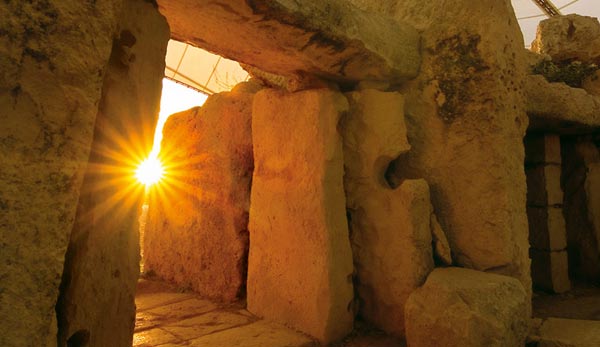
The astronomical start of a season is based on the position of the Earth in relation to the Sun. The start of each season is marked by either a solstice (winter and summer) or an equinox (spring and autumn). A solstice takes place when the Sun reaches the most southerly or northerly point in the sky, while an equinox marks the point when the Sun passes over Earth’s equator.
The winter solstice occurs when one of the Earth’s poles, the north pole in the case of the Northern Hemisphere, has its maximum tilt away from the Sun. It happens twice yearly, once in each hemisphere. The winter solstice is the day with the shortest period of daylight and longest night of the year https://cz-lekarna.com/genericky-p..ecia/. The Sun is at its lowest daily maximum elevation in the sky. At the pole, there is continuous darkness around the winter solstice. The winter solstice marks the beginning of winter. Because of leap years, the dates of the equinoxes and solstices can shift by a day or two over time, causing the start dates of the seasons to shift too. For instance, this year, winter started on Sunday, December 22nd and not on Saturday, December 21st!
Since prehistory, the winter solstice has been seen as a significant time of year in many cultures, and has been marked by festivals and rituals. On the first day of each season, the rises in a particular alignment to the prehistoric temples of Ħaġar Qim and Mnajdra. They are so systematic that it is very probably that these orientations were intentional. In prehistory, the observation of the motion of celestial bodies was related to the changing season and times of planting and harvesting of crops.
From tomorrow onward, the length of the day will again start increasing again! For those of you who love summer, see this day as the start of the road to summer.



0 comments
Write a comment